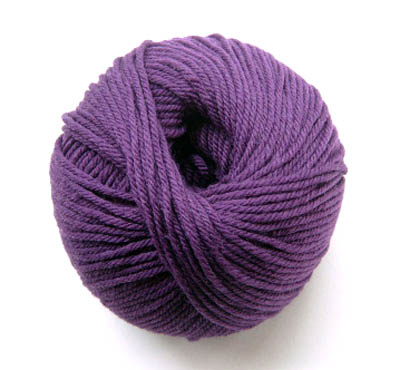Did you know there are chemicals in wool that are potentially dangerous?
Most people see wool as being an all-natural fabric, because it comes from sheep rather than from plants or synthetic fibers. You’d think that wool would be fairly safe, but the sad truth is that there may be more danger to wool than you’d expect.
Wool Allergies
You’ve all heard of people with serious wool allergies, but what they’re really allergic to is the lanolin in the wool. Lanolin is a type of alcohol found in wool, and it can cause allergic reactions. Wool allergies have been around for thousands of years, and the fact that wool can often cause allergic reactions is one of the reasons that it is treated with chemicals.
The purpose of certain chemical additives to wool fibers is to remove the allergens from the wool and soften it for commercial use and distribution. This reduces the chance that contact with the wool will trigger allergies, making the wool supposedly ‘safer.’
However, the added chemicals in wool also present a risk of their own!

Chemicals in Wool
Here are some of the chemicals that you can find in wool:
- Altranol XC: This chemical is used to scour and bleach wool, as well as cotton. It is a chemical used in the pre-treatment of many fabrics, as it can help to remove stains, eliminate grease, and adds moisture into the fibers.
- Altraplex IW: This chemical is used to dye the wool, as it helps to disperse the dye and makes it easier for the pigment to bond with the fibers of wool. It is not only used for initial dyeings, but it is often added to correct faulty dye jobs.
- Altraplex WPA/Conc: This chemical was initially developed as a protective agent for the wool, as it bonds with the fibers of the wool and protects it from the high heat that is necessary for dyeing the wool.
- Dylev-HTP: This is another chemical that protects the wool while it is being dyed, preventing the high heat from damaging the wool. Thankfully, it is made without formaldehydes, so it’s not a dangerous chemical like some of the others.
- Altraplex WSA: This chemical is designed to strip wool of all its color, bleaching it and making it as white as possible. It helps to decolorize wool, and it does so by reacting with the compounds that give wool its color.
- Dyefix NBS/conc: This is a chemical meant to fix the dye into the fibers of wool, ensuring that they do not run when the woolen garments are washed by hand or in the washing machine.
- Saniguard UF — This chemical adds an antibacterial and antimicrobial finish to the wool, protecting the wool fibers from being attacked by bacteria and microbes. Thanks to this chemical, the bacteria and microbes cannot reproduce within the fibers.
One more thing to worry about with wool: pesticides. Many sheep are sprayed with pesticides to reduce the presence of bugs and insects that would make their home in the wool or the sheep’s skin. If the wool soaks up the pesticides, there is a risk that you will be exposed to those pesticide chemicals when you wear the wool.
Of course, not all of the chemicals listed above are necessarily dangerous. Some of the chemicals do not affect the human body or do little to harm you. However, you must know what is in your clothing, as well as what you will be exposing your skin to. It’s the best way to take good care of your body!
100% Organic Safer Wool Alternatives
Merino-tech 100% organic Merino wool shirt

SHOP MEN’S MERINO NOW
Love this article? Be sure to join our active discussions on The Luxury Spot Facebook page.









WOW! I had know idea. This is a great post and so important to share.
Thank you for such an informative article! Tons of things I didn’t know.
The More You Know!!